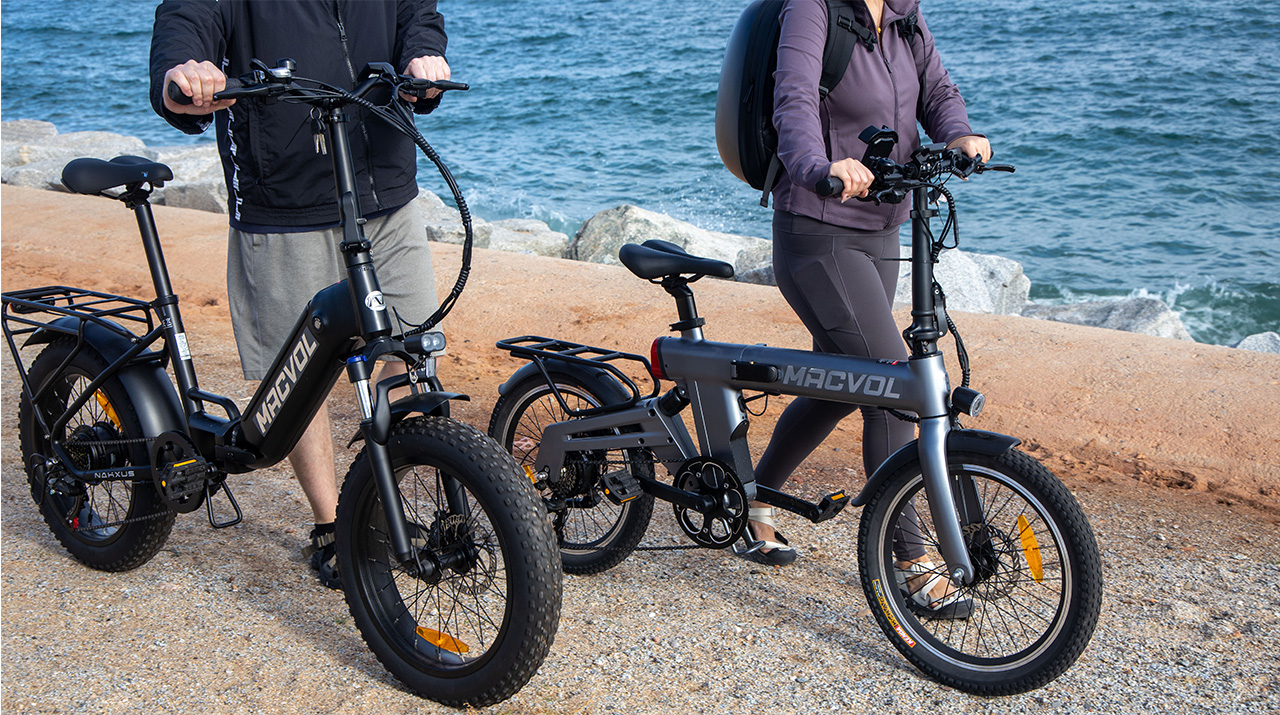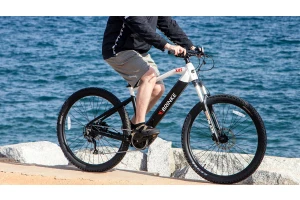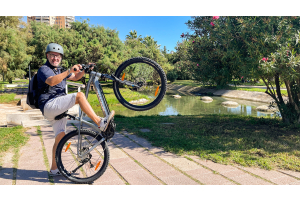Oktober 15, 2024

Cycling Can't Lose Weight? Try These Four Tips to Shed Belly Fat
Many people turn to cycling to lose weight, especially belly fat, but often, the results don’t meet their expectations. Although cycling is a generally good option for weight loss because it burns a high number of calories and is easy to incorporate into daily routines, simply cycling alone isn't enough.
-
Intensity: Studies show that speeding up can more effectively burn belly fat and boost metabolism for up to 12 hours after the workout. While this can be exhausting, the good news is that such intense training doesn’t need to last too long. High-intensity cycling for 20-40 minutes can yield excellent results, but consistency is key.
-
Duration: Sustained high-intensity cycling should only make up about 20% of your overall training. The remaining 80% should consist of long, slow rides. This approach helps in better recovery and burns a significant amount of calories.
-
Fasting Exercise: If you are commuting or cycling at a relaxed pace, fasting can increase the fat-burning potential. When you fast, your body starts using more fat as fuel, leading to a high calorie expenditure. The optimal fasting duration is 12-16 hours. Therefore, if you plan to exercise at 8 AM, you should avoid all food and energy drinks from at least 8 PM the previous night. Remember, fasting rides should ideally last no more than 2 hours. Be cautious of the risks of low blood sugar and avoid over-exercising. Make sure to replenish your energy post-exercise.
-
Rest Well: More rest not only aids in post-exercise recovery and injury prevention but also can reduce stress and promote weight loss. Instead of staying up late watching TV and snacking, push yourself to cycle hard during the day so you're tired and ready for bed earlier. Aim for eight hours of sleep each night to meet your weight loss goals. Adequate rest makes it easier to wake up and exercise in the morning before work, reducing the temptation to skip workouts.


 English
English  Español
Español  Deutsch
Deutsch 



Validate your login